Asus is well-known for manufacturing excellent Android gaming phones under the ROG lineup, but it has set itself apart by designing gadgets with specific uses in mind. During this wave, on January 8, 2024, the Asus ROG Phone 8 debuted at the Consumer Electronics Show (CES). Let's examine the enhancements and new features of the most recent ROG phone.
Important characteristics and specifications of the ROG Phone 8
Price of Asus ROG Phone 8
The base ROG Phone 8’s 12GB+256GB version is priced at USD 1,099.
Design
The ROG Phone 8 Pro departs from the striking design of its predecessors, even though gaming is still its primary focus. When the LED array is off, the rear panel hides it, giving it a more subdued appearance. Even the camera module has a straightforward square area in the upper corner that is raised a little.
At 225 grams and 163.8 x 76.8 x 8.9 mm in size, the Asus ROG Phone 8 Pro has a more traditional look. It delivers a lighter and more streamlined form factor thanks to its thinner 8.9mm profile and smaller bezels.
With the phone's IP68 water and dust resistant classification, it still has AirTriggers on each shoulder but does away with motorized vents. Functioning elements like the side-mounted USB-C charging connector and the 3.5mm headphone jack are still present.
Users could find it less noticeable than earlier models, though. The design, which seems to be geared toward practicality and wider appeal, might alienate die-hard ROG Phone fans who value the distinctiveness of previous models.
Rebel Grey and Phantom Black are the two color options for the ROG Phone 8.
Cameras
The primary camera uses Quad Bayer and Gimbal OIS (Optical Image Stabilization) to improve stability, producing a 12.5 MP image with an effective pixel size of 2 µm. Sharp photos and remarkable low-light performance are guaranteed by the 35mm film camera's wide F1.9 aperture and 23.8mm equivalent focal length.
With its strong back camera configuration, the Asus ROG Phone 8 can take amazing pictures and videos. A huge 1/1.56" Sony IMX 890 50 MP image sensor powers the primary rear camera.
A 13 MP second back camera with a 120° ultrawide-angle lens and a Free-form lens complements the primary camera by offering a variety of shooting angles. In a 35mm film camera, the comparable focal length is 12.7mm.
Display
The 6.78-inch FHD+ (2400 by 1080 pixels) Samsung Flexible AMOLED display on the Asus ROG Phone 8 is a standout feature. The Corning Gorilla Glass Victus 2 shields the screen. It has a vibrant color spectrum that encompasses 103.16% NTSC, 145.65% sRGB, and 107.37% DCI-P3. This translates to clear, colorful images.
With a peak brightness of 2,500 nits and a maximum brightness of 1,600 nits HBM, the brightness is remarkable. Support for HDR10 improves the visual experience by offering deeper colors and contrast. Smooth images are ensured by the display's variable refresh rate, which ranges from 1Hz to 120Hz with a maximum of 165Hz for compatible games.
Because there is no heavy top bezel, the Always-On display feature is noteworthy. It shows important information, such as charging status, with tiny symbols. Glove touch is supported by the 10-point multitouch, which increases user convenience.
The FHD option is probably a trade-off for less power consumption, even if some people might prefer a QHD resolution—especially given the phone's faster refresh rate. The display of the Asus ROG Phone 8 claims to deliver a vibrant and immersive visual experience overall.
The third rear camera is a 32 MP lens with an f/2.4 aperture, optical zoom of three times, and OIS, which adds versatility. The actual output photo, which makes use of pixel binning technology, has an 8 MP resolution, which is equivalent to 65.3mm in a 35mm film camera.
Enthusiasts of selfies will appreciate the front camera's 32 MP RGBW sensor with 1.4μm pixel binning (real output photo: 8 MP). Selfies turn out bright and clear since a 35mm film camera's equivalent focal length is 22mm. All things considered, the Asus ROG Phone 8's camera configuration promises an excellent and adaptable photographic experience.
Battery and Charging
The 5,500mAh battery of the Asus ROG Phone 8 may be quickly charged with either a 65W cable option or a 15W wireless one. Asus claims same battery life even though the ROG 7's battery was somewhat smaller than that of its predecessor. A quick charger is included with the Pro Edition.
With the supplied 65W charger, the 5,500mAh battery can be fully charged from 0% to 100% in around 50 minutes with to Quick Charge 5.0 and PD Charging compatibility. 34% in 15 minutes and 69% in 30 minutes are quick benchmarks.
Performance and Software
The Qualcomm Snapdragon 8 Gen 3 chipset, a powerful octa-core processor clocked at 3.3GHz, powers the Asus ROG Phone 8. With a large 256GB UFS 4.0 storage and 12GB to 16GB of LPDDR5X RAM, the device offers quick gaming and multitasking performance.
With ROG UI, the phone runs on AndroidTM 14 and has an easy-to-use interface. The state-of-the-art processor, along with enough of RAM and storage, provides outstanding speed and responsiveness for a wide range of tasks.
The phone has a sophisticated vapour cooling chamber and supports the AeroActive Cooler 5 attachment to improve gaming performance and reduce thermal throttling during long gaming sessions.
The top-tier hardware of the Asus ROG Phone 8, with its powerful processor, sophisticated cooling system, and rich audio quality, is designed with gamers and power users in mind.
Audio and Video Performance
Strong front-facing stereo speakers with Dolby Atmos compatibility make the audio stand out. Because a 3.5mm headphone port is still present, the quad DAC is retained and consumers may still enjoy high-quality wired music.
With its 5-magnet receiver and speaker, the Asus ROG Phone 8 offers a fascinating audio experience. Hi-Res Audio is supported via the 3.5mm headphone connection. Clear communication is ensured with triple microphones equipped with ASUS Noise Reduction Technology.
Regarding video, both the primary and secondary rear cameras record in 4K UHD at 30/60 frames per second. The primary rear camera produces an amazing 8K UHD footage at 24 frames per second. Stable footage is guaranteed via electronic picture stabilization. Color and detail are enhanced with HDR10+ video recording. Creative elements like Time Lapse in 4K UHD and remarkable Slow Motion skills are supported by the gadget. Users now have the option to shoot still images while recording video, which increases the variety of creating multimedia.
Advantages and Disadvantages of Asus ROG Phone 8
Advantages:
-Outstanding performance
-Dependable battery life
-Accessory fan included
-Competitive photo capabilities
-Waterproof and dust-proof characteristics
-The option for wireless charging.
Disadvantages:
-No unique user interface
-The front sensor can only capture 1080p video
-No infrared port
-No micro SD card slot
-Expensive
-Does not support 5G
-Has a restrictive update policy.
Conclusion
With a strong processor, lots of memory, a long battery life, quick charging, and other features, the ROG Phone 8 is an Android gaming smartphone.
Asus' ROG Phone 8 brings the console- or PC-like experience of Android gaming to smartphones. This phone's portable design allows it to deliver performance that is nearly identical to a desktop when gaming.
But because of its exorbitant cost, it is more tempting to serious players who are prepared to shell out more money for superior hardware. Not everyone is into the game aesthetic.
Overall, the Asus ROG Phone 8 is a phone worth taking into consideration if you're looking for a potent gaming device. This smartphone is predicted to rank among the best gaming phones in 2024.



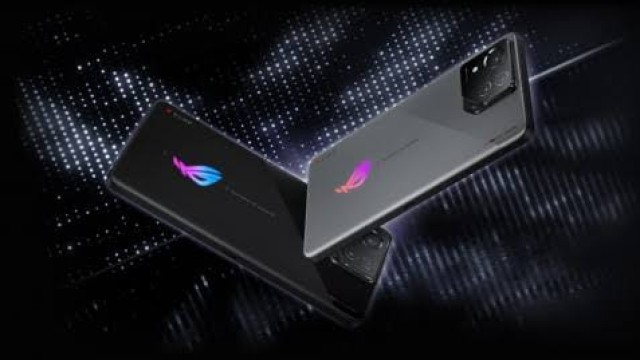

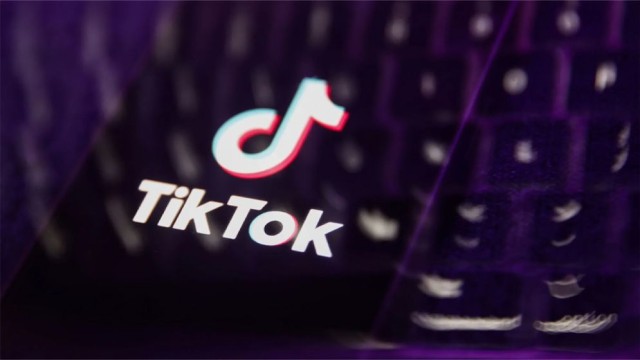
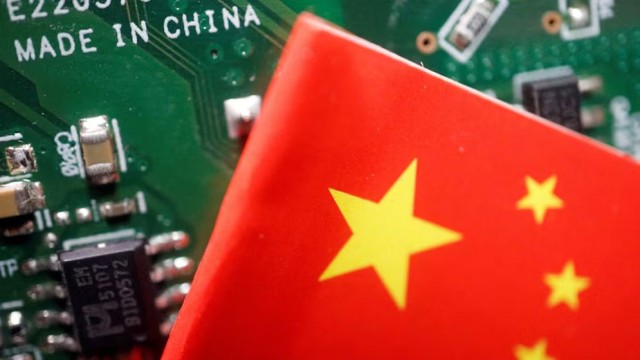
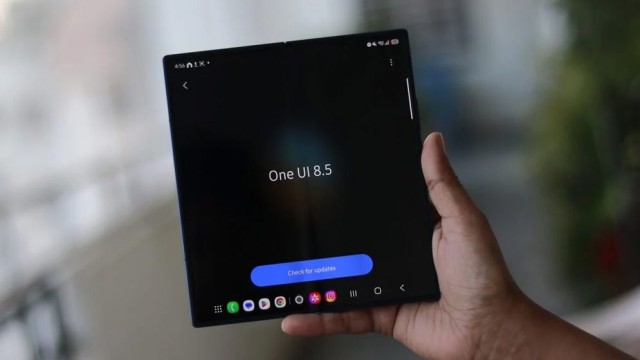
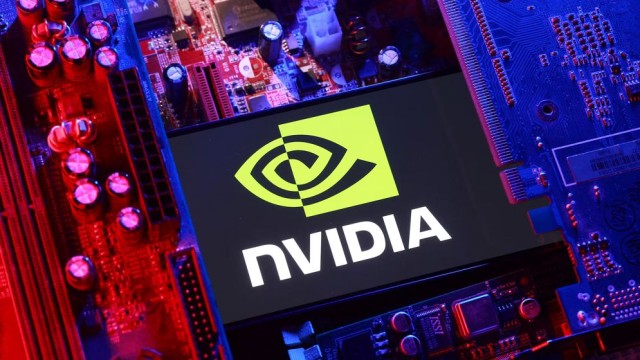













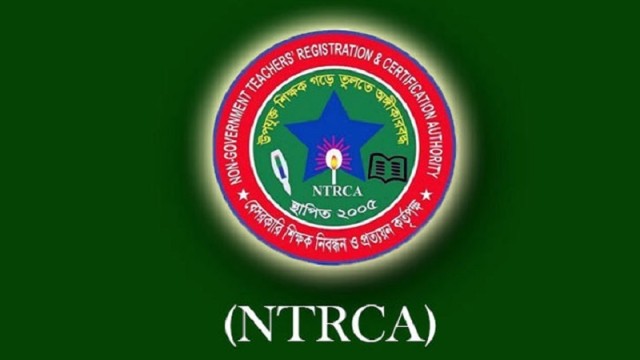








Comment: